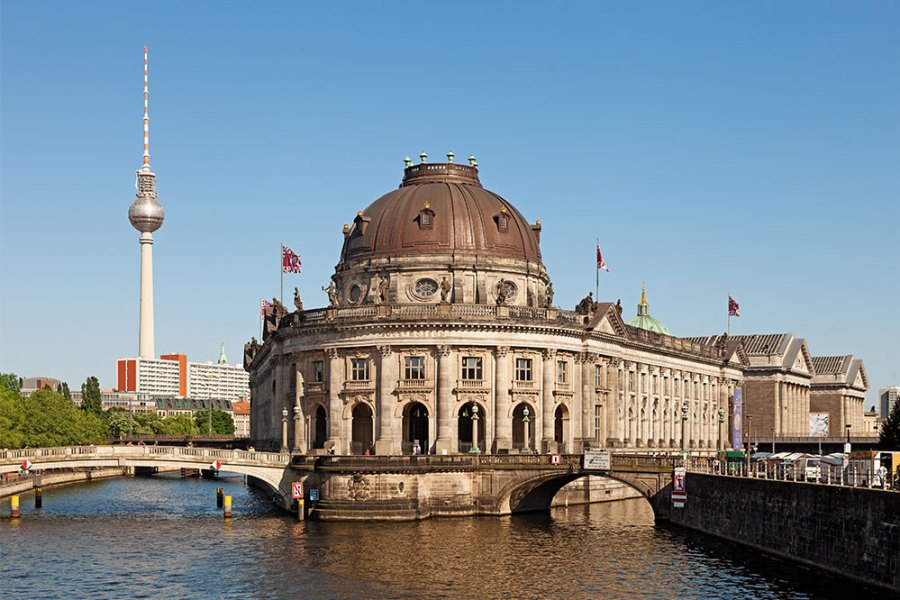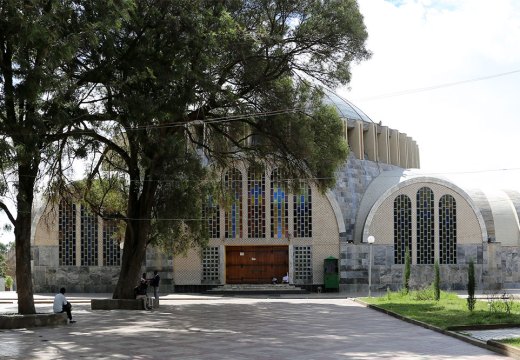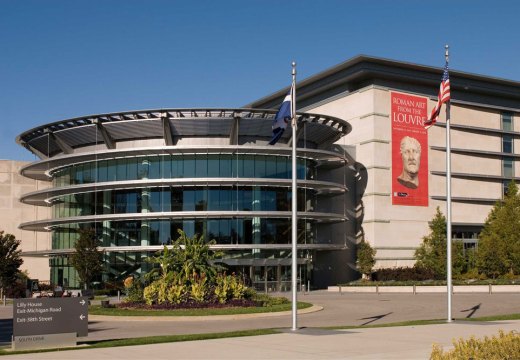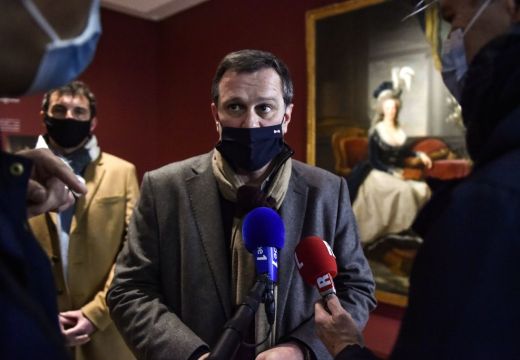After being closed for four months, museums in Germany will be able to open, subject to different restrictions depending on the number of coronavirus cases in each of the 16 states. Where cases are below 100 per 100,000 residents, the Art Newspaper reports, museums will be able to open – in regions where the rate of cases is between 50 and 100 per 100,000 residents, visitors will be asked to book a time slot and supply their contact information. The decision makes German museums among the first venues to reopen in the country, with theatres, restaurants and indoor sports facilities having to wait until at least 22 March.
The Victoria and Albert Museum is planning to cut 140 of its 980 members of staff, including 30 curators and 110 employees from other departments, as part of a consultation that began last autumn. The museum is also proposing a major restructuring of all its departments, by abolishing the arrangement of its permanent collection by material and creating instead three new period-based departments to cover Europe and the Americas and a new department for collections from Africa and Asia. Among other changes is the suggested merging of the V&A Research Institute, the National Art Library and the V&A Archives into a single research unit. The consultation period ends on 31 March.
In Wednesday’s budget the Chancellor of the Exchequer, Rishi Sunak, announced £390m to help arts venues in England reopen. More than £300m will be added to the existing Culture Recovery Fund and national museums will receive £90m in emergency funding before they are allowed to reopen on 17 May (the earliest possible date they can do so). Community cultural projects have been allocated another £18.8m, and a Community Ownership Fund of £150m has been announced to allow groups to apply for match-funding of up to £250,000 to bid for community assets, such as pubs, theatres, sports clubs and post office buildings, that are in danger of being lost.
Alan Bowness has died at the age of 93. Bowness, who was director of the Tate between 1980 and 1988, had a long and distinguished career as a scholar – he was the first 19th- and 20th-century specialist to hold a full-time post at the Courtauld Institute – and curator. He was married to Sarah Hepworth-Nicholson, daughter of Barbara Hepworth, whose catalogue raisonné of sculptures he produced in the 1960s. After Barbara Hepworth’s death in 1975, Bowness ran the estate until 2008. His tenure at the Tate saw the creation of Tate Liverpool, the Clore Gallery at Millbank and the establishment of the Turner Prize. After retiring from the Tate he became director of the Henry Moore Foundation and oversaw the opening of the Henry Moore Institute in Leeds.
A lost panel from Jacob Lawrence’s Struggle series has been discovered, the second to have shown up by chance in quick succession. The 30 panels from the series were sold off individually, against Lawrence’s wishes, in the late 1950s and early ’60s, with the whereabouts of five of the paintings subsequently unknown. Panel 28, titled Immigrants admitted from all countries: 1820 to 1840 – 115,773, came to light when its owner, a Ukrainian nurse living in Manhattan, read about the recent discovery of another missing panel and contacted the Met. After its authentication and conservation, the painting will join the exhibition of the Struggle paintings – initiated by the Peabody Essex Museum in Salem – on the final two legs of its tour, at Seattle Art Museum and the Phillips Collection in Washington, D.C.
Unlimited access from just $16 every 3 months
Subscribe to get unlimited and exclusive access to the top art stories, interviews and exhibition reviews.














![Masterpiece [Re]discovery 2022. Photo: Ben Fisher Photography, courtesy of Masterpiece London](http://www.apollo-magazine.com/wp-content/uploads/2022/07/MPL2022_4263.jpg)






